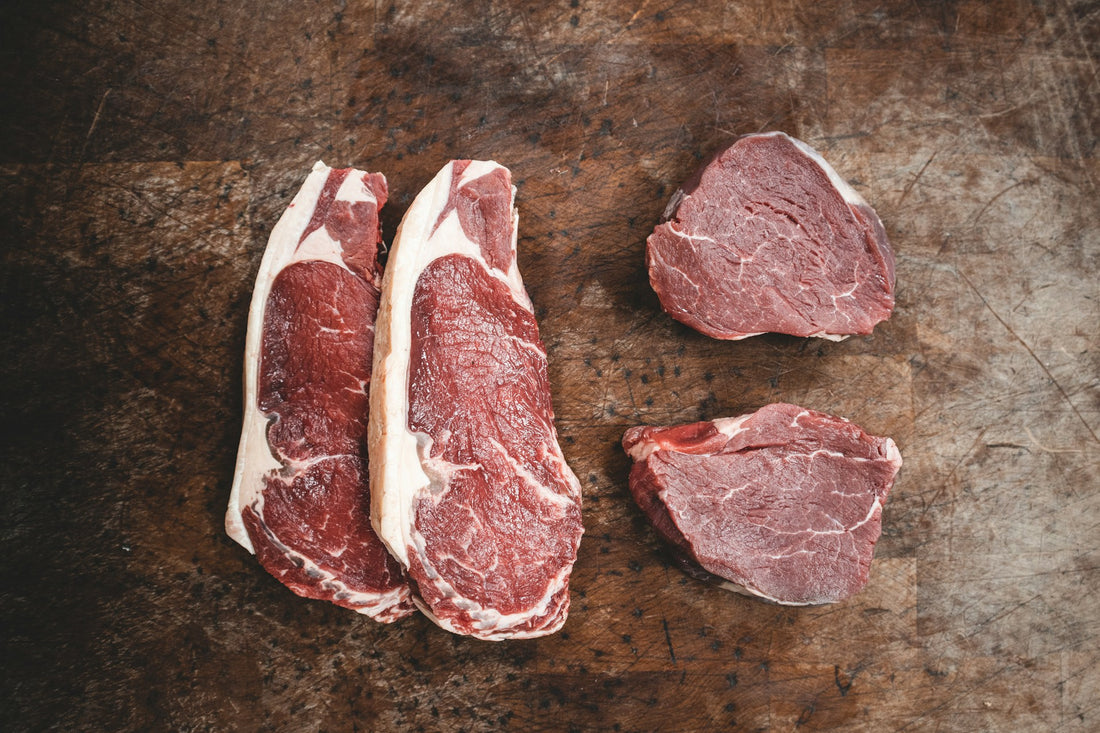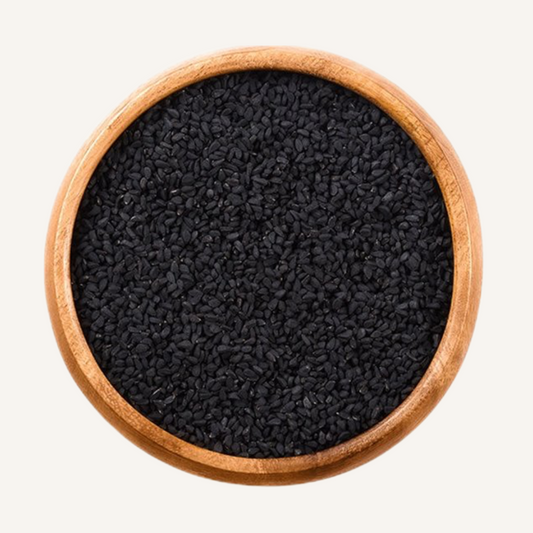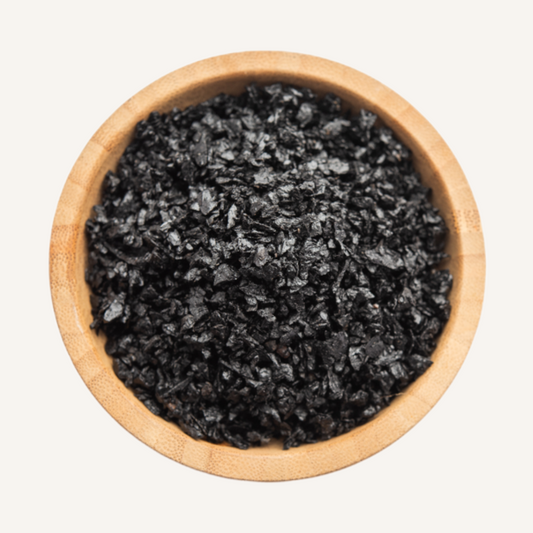
High-Protein Diets: Weight Management and Muscle Maintenance
Abdullaah KhanShare
In recent years, high-protein diets have gained significant popularity, particularly among those aiming to lose weight and build muscle.
The appeal lies in the diet’s ability to satisfy hunger, preserve muscle mass, and support weight management. In this article, we delve into the science behind high-protein diets and provide practical tips for incorporating more protein into your meals while maintaining a balanced and nutritious diet.
What is a High-Protein Diet?
A high-protein diet emphasises the consumption of protein-rich foods such as lean meats, fish, eggs, dairy products, legumes, and nuts. Protein is essential for various bodily functions, including the repair and growth of tissues, enzyme production, and immune function.
The typical recommendation for protein intake is around 0.8 grams per kilogram of body weight. However, for those looking to lose weight or build muscle, the requirement can increase to about 1.2 to 2.0 grams per kilogram of body weight. This translates to roughly 82 grams of protein per day for a person weighing 150 pounds.
Benefits of High-Protein Diets
-
Satiety and Hunger Control: Protein is known for its ability to promote feelings of fullness. This can help reduce overall calorie intake by decreasing hunger and preventing overeating. Studies have shown that high-protein meals can reduce levels of ghrelin, the hunger hormone, and increase levels of peptide YY, a hormone that makes you feel full.
-
Muscle Maintenance and Growth: Adequate protein intake is crucial for maintaining muscle mass, especially during weight loss. When you reduce your calorie intake, the body may use muscle protein for energy, leading to muscle loss. Consuming sufficient protein can help preserve muscle mass and promote muscle growth, particularly when combined with strength training.
-
Increased Metabolic Rate: Protein has a higher thermic effect compared to carbohydrates and fats. This means the body uses more energy to digest and metabolise protein, leading to a slight increase in metabolic rate. A higher metabolic rate can aid in weight loss and prevent weight regain.
-
Weight Management: By helping to control appetite, preserve muscle mass, and increase metabolic rate, high-protein diets can be effective for long-term weight management. Research indicates that individuals following high-protein diets are more successful at maintaining weight loss compared to those on lower-protein diets.
Practical Tips for a High-Protein Diet
-
Choose Lean Protein Sources: Opt for lean meats like chicken breast, turkey, and lean cuts of beef. Fish, especially fatty fish like salmon and tuna, provide high-quality protein and healthy fats. Plant-based options include beans, lentils, tofu, and quinoa.
-
Incorporate Protein into Every Meal: Aim to include a source of protein in every meal and snack. This could be as simple as adding a scoop of protein powder to your smoothie, having a boiled egg with your breakfast, or snacking on a handful of nuts.
-
Balance with Fruits and Vegetables: While increasing protein intake, it’s essential to maintain a balanced diet rich in fruits and vegetables. These provide essential vitamins, minerals, and fibre, contributing to overall health and well-being.
-
Use Dairy Products: Dairy products like Greek yoghurt, cottage cheese, and milk are excellent sources of protein. They also provide calcium and other important nutrients. Choose low-fat or fat-free options to keep calorie intake in check.
-
Experiment with Protein Supplements: Protein supplements like whey protein, casein, and plant-based protein powders can be convenient ways to boost your protein intake. They can be easily added to shakes, smoothies, or even baked goods.
Sample High-Protein Meal Plan
Here is a sample meal plan that we think represents a balanaced high protein day eating day:
Breakfast: Greek yoghurt with berries and a sprinkle of chia seeds.
Lunch: Grilled chicken salad with mixed greens, cherry tomatoes, cucumber, and a light vinaigrette.
Dinner: Baked salmon with quinoa and steamed broccoli.
Snacks: Hard-boiled eggs, a handful of almonds, or a protein shake.
Conclusion
So high-protein diets offer numerous benefits for weight management and muscle maintenance. By incorporating more lean proteins into your diet and balancing them with plenty of fruits and vegetables, you can create a sustainable and nutritious eating plan.
As always, it’s advisable to consult with a healthcare professional or a registered dietitian before making significant changes to your diet, especially if you have underlying health conditions.








